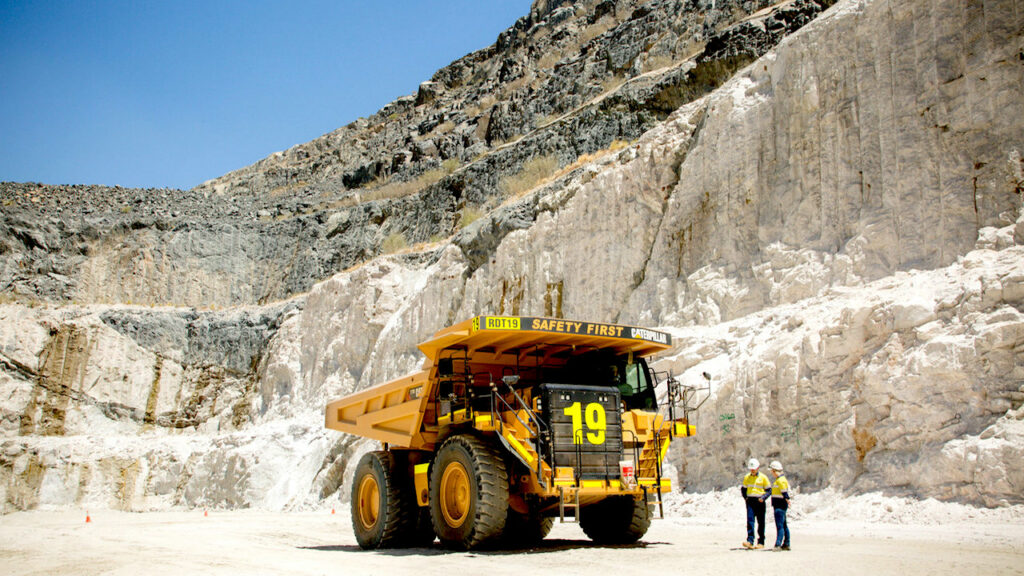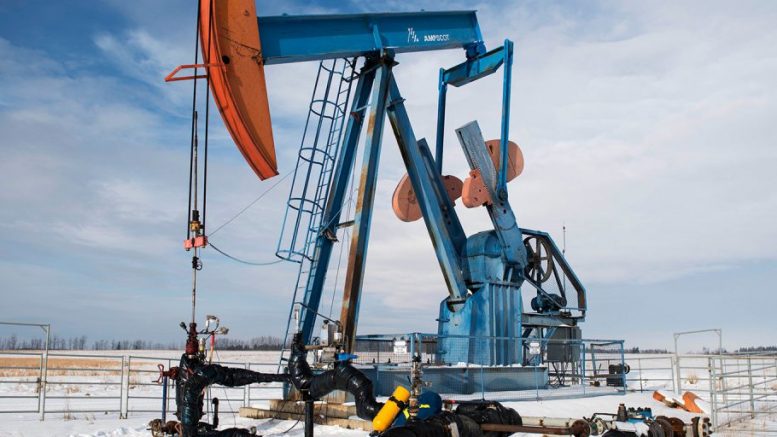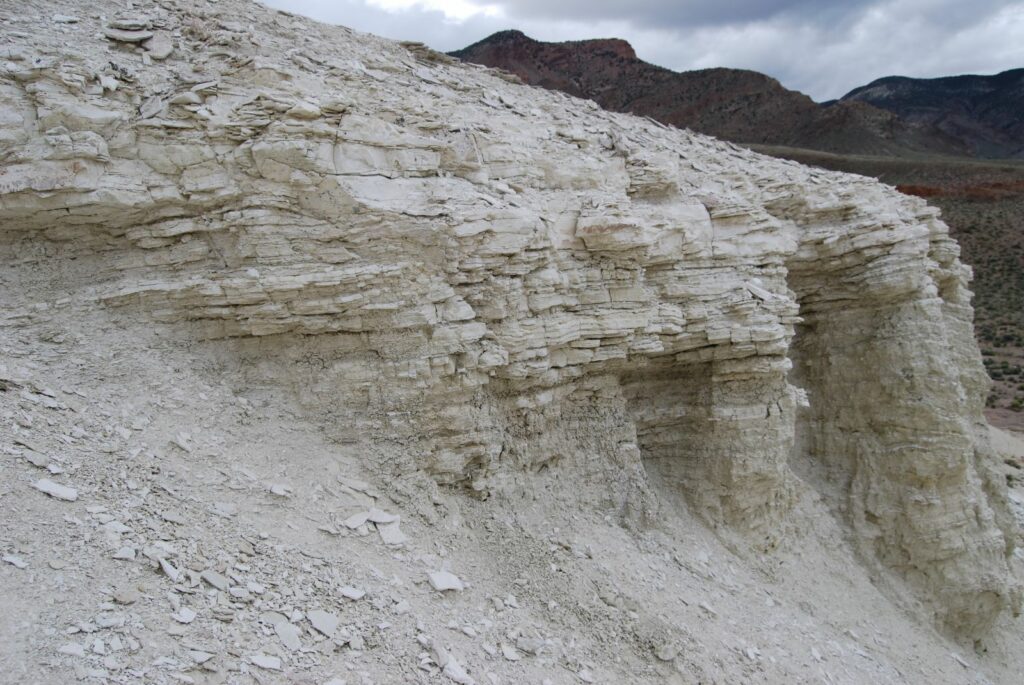Lithium 101
Lithium Deposit Types
Brine

Big shallow ponds filled with saline water, brines, pumped up from deep aquifers. The water evaporates from the sun’s heat, creating a concentrated lithium solution. The solution undergoes treatment and is most commonly turned into Lithium Carbonate. If desired, the Carbonate can be transformed into Lithium Hydroxide in a secondary step.
Hard Rock

High grade hard rock ore, usually mined through conventional mining methods. The ore is converted to a concentrate onsite, the most commonly used called SC6 (spodumene concentrate with 6% lithium oxide content). The concentrate is usually sold to refineries that turn it into lithium hydroxide. Although, the possibility to build an internal refinery to localize production of hydroxide is evaluated in some projects. Critical Elements Rose Tantalum project and Piedmont Lithium are two of the North American Hard Rock development projects.
Direct Lithium Extraction (DLE)

Instead of using land evaporative ponds, the brine is extracted in a couple of hours and the spent brine is returned to its source, creating a closed loop system. No project is yet commercially producing lithium carbonate or lithium hydroxide using DLE, but a few juniors are betting on the technology and have released promising technical reports on their projects, including Standard Lithium and E3 Metals Corp.
Sedimentary (Clay)

Also called clay, the sedimentary projects are by the biggest global lithium producer Albemarle referred to as low grade hard-rock. No project is yet commercially producing lithium end-products from clay. A few projects are very close to commercialisation, first and foremost Ganfengs & Bacanoras project Sonora in Mexico, which successfully produced battery grade lithium hydroxide for 4 years in a pilot plant, two other examples of advanced sedimentary projects in Nevada, North America are Lithium Americas Thacker Pass and Cypress Development’s Clayton Valley.
Advertisement
Want to know more?
Advertisement
![LOGO [återskapat] LOGO [återskapat]](https://batteryjuniors.com/wp-content/uploads/elementor/thumbs/LOGO-återskapat-ozpr6tyjh3va1ifcopltktksqownqc64mplxytts9k.png)
